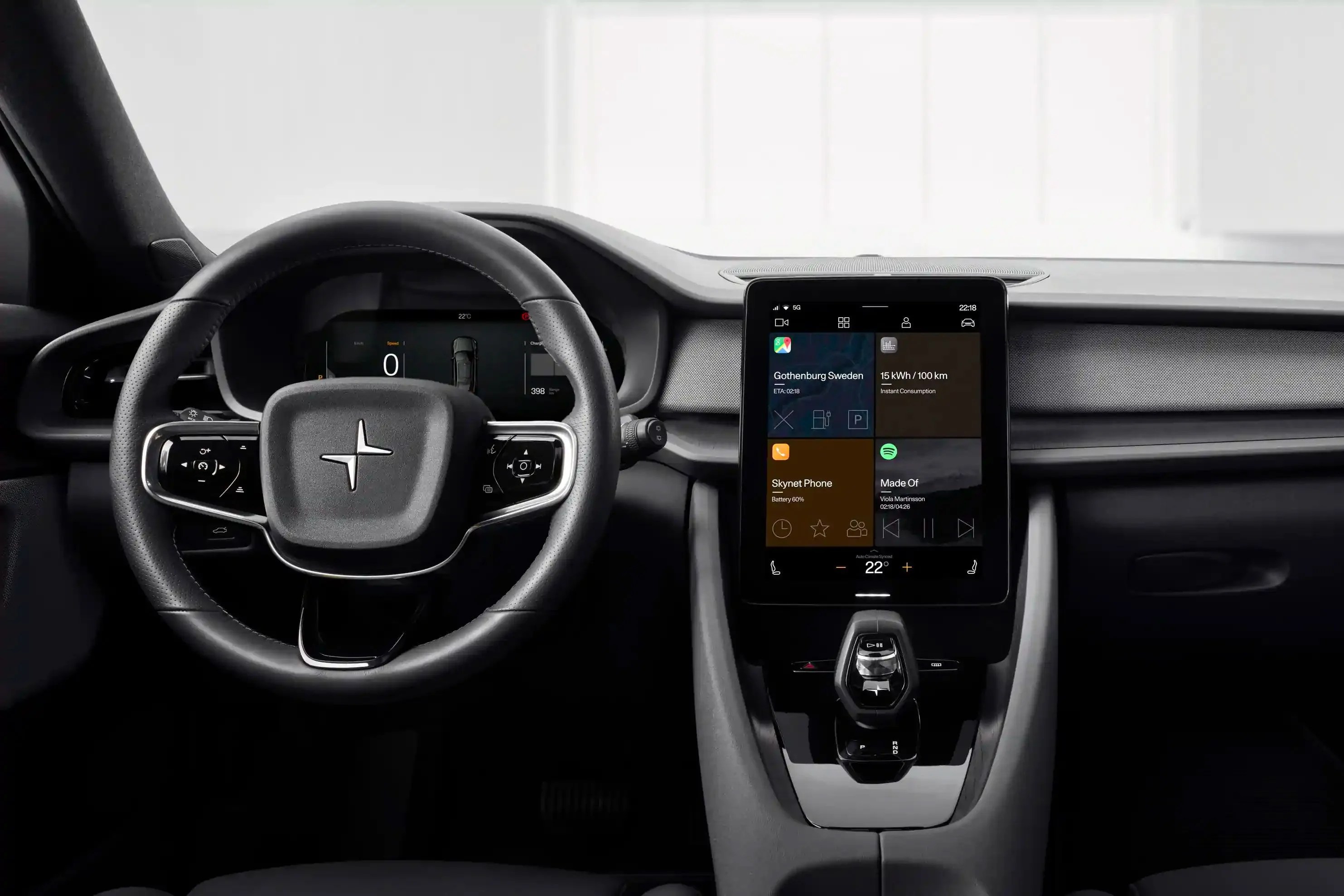Infotainment — a clunky but now industry-standard portmanteau of “information” and “entertainment” is the umbrella term describing the main technological interface of a car. This is where all core electronic functions, like stereo, navigation, HVAC, etc., are controlled.
Though simpler infotainment systems are available in many vehicles at all price points, but they are fixtures of premium cars. They offer bright, dynamic visual centers that perk up when you climb aboard, delivering elegant swooshes of sound and graphics and glittering logos before depositing you on the system’s home screen.
Thanks to advances in user interfaces, computational power and display tech, infotainment systems have become exceptional across the board. These, though, are the best of the best — the rock stars of the infotainment world.
History of the Infotainment System
In-car audio, navigation and vehicle-control centers have come a long way in just the last decade. At around the turn of the 21st century, onboard information systems in cars were bland, uninspired LCD interfaces limited as much by the quality of the display hardware as they were by the division of all the systems it aimed to control. In most cases, you had rudimentary graphics, little color — and little to control outside of primitive, CD-based navigation and audio systems. But throughout the Aughts, vehicle systems grew more integrated, and the interfaces used to access them more advanced.
Mind you, dashboard interfaces have always lagged behind other consumer electronics by several years. Smartphones — the gold standard for display systems and fully integrated technology — have far shorter development cycles and product lifespans, with new models coming out annually. Those devices are generally limited to one to two years of moderate use.









